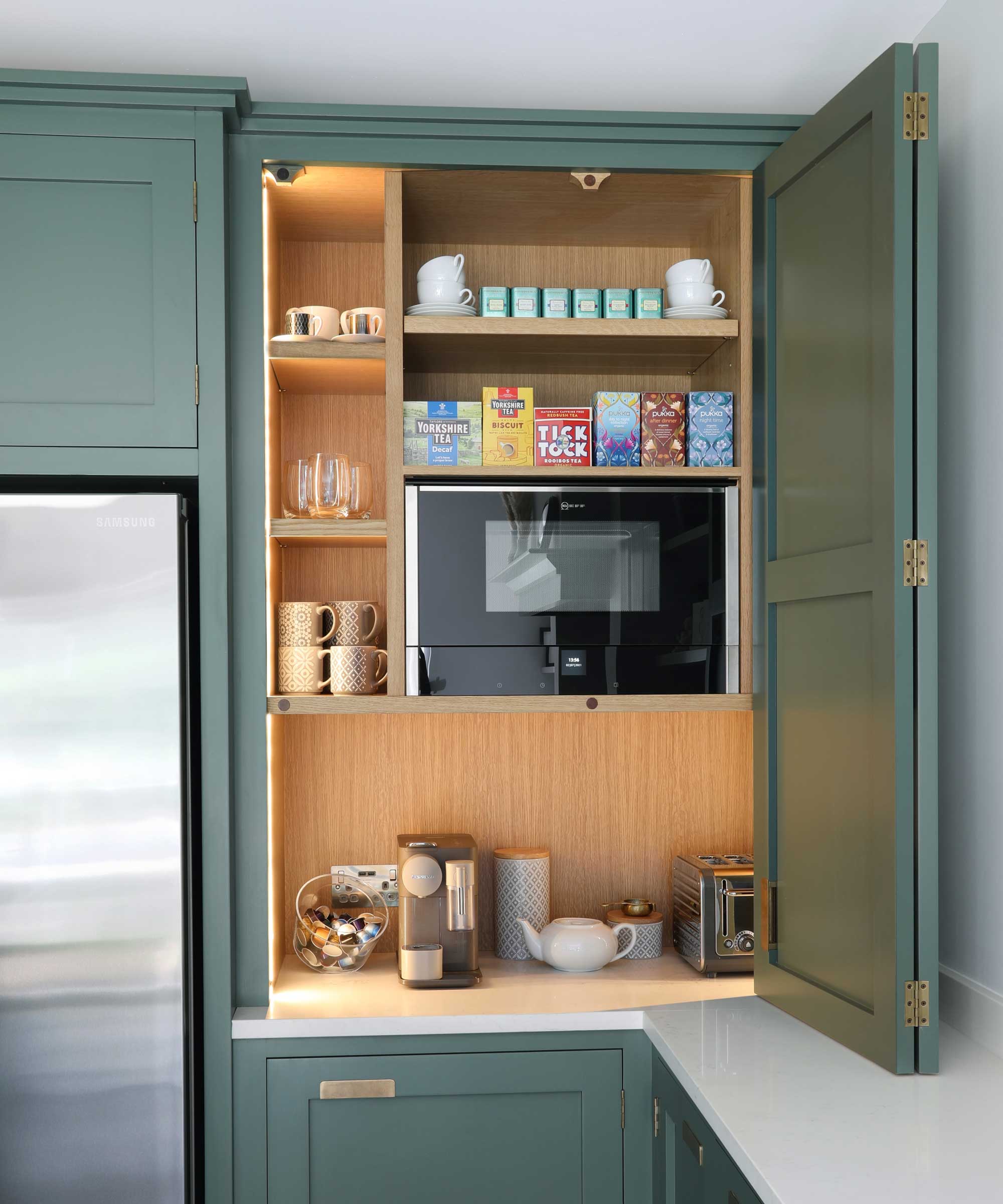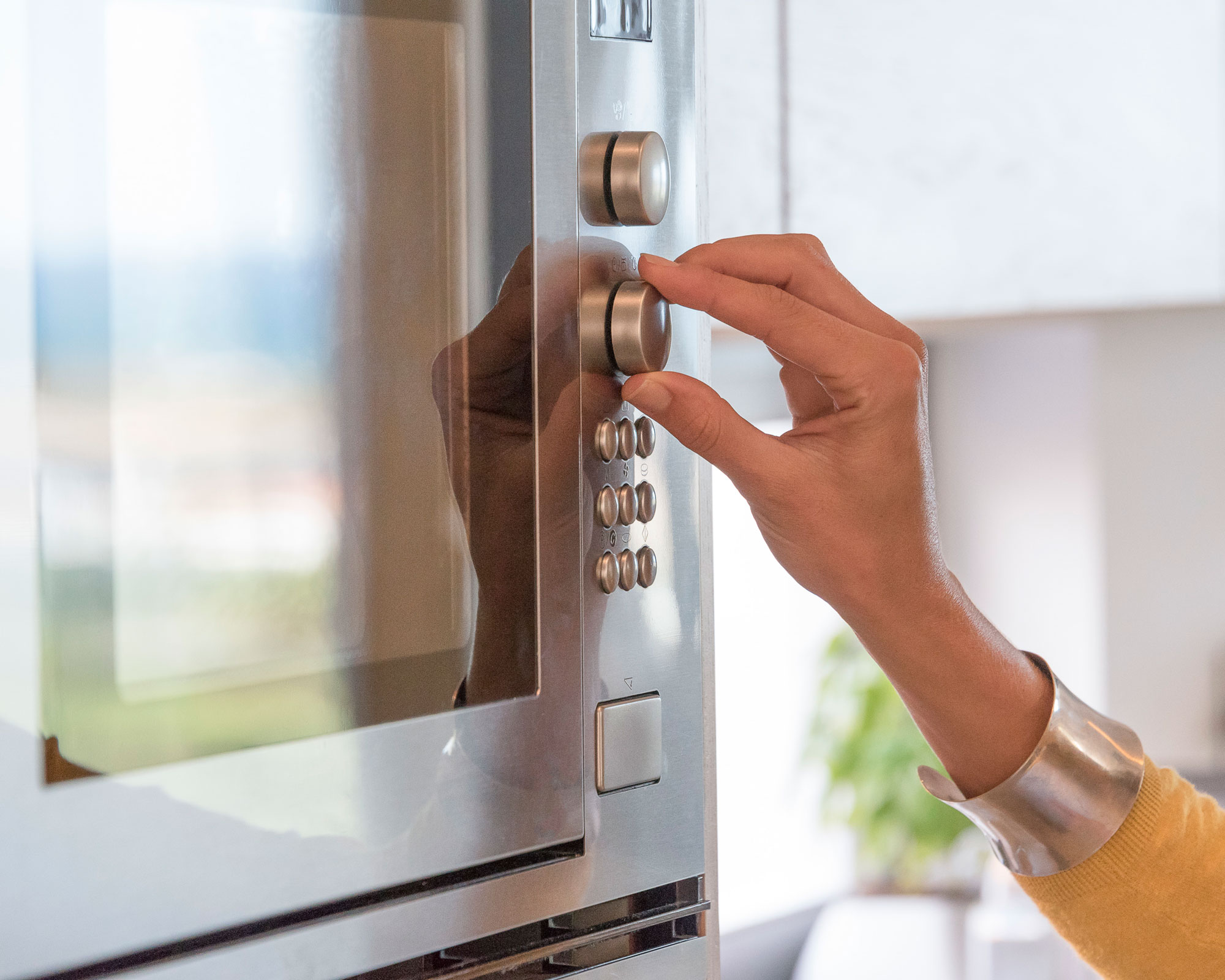Can you put tinfoil in the microwave?
We asked experts if you can put foil in the microwave without starting a fire

If you're wondering, 'Can you put tinfoil in the microwave?' it turns out the answer isn't as black and white as you'd think. Technically, you can, in small, smooth amounts – but you shouldn't risk it.
Having the best microwave isn't essential, but it saves a lot of time when reheating batch-cooked curries for midweek dinners. Here's what you need to know about using aluminum foil.

Can you put tinfoil in the microwave?
We asked Panasonic 'Can you put aluminum foil in the microwave?' A spokesperson said, 'You cannot put foil in a microwave, no. The electric fields in microwaves cause charges to flow through metal.
'Thin pieces of metal like aluminum foil can cause arcing and ignition. You should even be careful using kitchen towel in your microwave as some brands contain metal fragments,' the Panasonic spokesperson adds.
'You should check that all products and utensils are suitable for microwave use or you can damage the machine,' they say.

Tinfoil reflects microwave energy, it won't absorb it. If you do attempt it, which we at Real Homes don't recommend, you should never entirely cover the food you're heating with foil.
This would have the same effect as turning the microwave on without anything in it. Instead, you could cover a maximum of a quarter of the food with smooth foil, shiny or dull side up.
Get small space home decor ideas, celeb inspiration, DIY tips and more, straight to your inbox!
Some people prevent the drumsticks of a whole chicken from overheating by putting a small amount over these areas. Always check the bottom of food that comes in a metal container for any instructions and if there aren't any, don't risk it.

If your microwave has a metal turntable, it won't be safe unless you put the food on top of a plate so there's no metal on metal. Definitely don't put a fork in the microwave as its sharp edges will generate lots of electricity and potential sparks.
You'd also want to avoid having any foil touching the walls of your microwave, as this could cause a burn. Make sure you know how to clean a microwave to help keep it functioning properly.
Exposed edges of a sheet of aluminum foil can arc and spark because of a high electric field around the edge of the foil. Ultimately, it seems so easy to get it wrong that it isn't worth trying.
Always check your manual, and if in any doubt, don't do it.
Millie joined Real Homes in early 2021 as a homes news writer. When she isn't writing about trends, makeovers and houseplant care, she spends her free time making tweaks to her rented flat in North London. Her next project is a very basic armchair reupholstering job to help create a cosy reading nook in her living room. She loves browsing antique centres, tending to her small front garden, and is never without some fresh flowers at home.